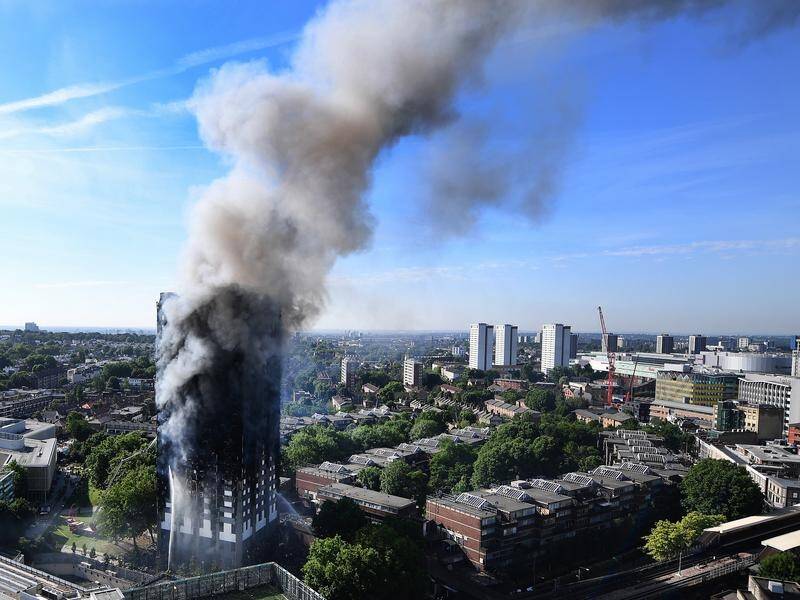The ACT government was aware that a "number" of Canberra buildings contained non-compliant aluminium cladding as far back as 2010, documents reveal.
Subscribe now for unlimited access.
or signup to continue reading
But it took seven years, and London's Grenfell Tower disaster, before the government committed to auditing its buildings for the presence of potentially flammable material.

Debate about government responses to the nation's so-called cladding crisis is set to be given another airing on Wednesday, as industry groups front the ACT Assembly's building quality inquiry.
The Victorian government last week committed $600 million to remove dangerous cladding from hundreds of buildings, while the NSW government is facing calls to invest as much as $1 billion to rectify the problem in the state.
The ACT government has yet to commit to any support package, although it has stated that none of the buildings inspected so far "pose an imminent safety risk to occupants".
Minutes from Australian Building Codes Board meetings, released under freedom of information, show that ACT authorities have known about the presence of non-compliant cladding on Canberra buildings since at least 2010.
At a July 21, 2010, meeting in Adelaide, ACT representatives circulated a report from a fire engineering consultant, which found an aluminium composite panel product was unlikely to comply with building standards as it "could not satisfy combustibility standards".
A "number of existing buildings in the ACT contained this product", territory representatives told the meeting, according to agenda papers.
At the meeting, ACT officials offered to prepare and distribute an "advisory note" clarifying construction standards relating to fire resistance.
At an October 10 meeting, ACT representatives advised that, following meetings with product manufacturers and a local fire engineer, it believed that the product was indeed non-compliant.
The Tasmanian representative requested that the advisory note be "forwarded as soon as it was available".
Meeting papers show the document was still "under development" as of April 4, 2011. ACT officials asked at a July 11 meeting that the item be removed from the agenda. No explanation was given as to why.
In August 2016, building ministers agreed to measures to help address risks associated with cladding on high-rise building, including publishing an advisory note to industry.
In the wake of the Grenfell Tower fire in June 2017, which killed 72 people, ministers instructed the board to fast track changes to building standards to ban the use of non-compliant cladding.
Soonafter, the ACT government created a taskforce to oversee an audit of the territory's public buildings. It committed $1 million to replace aluminium cladding at the women's and children's building at Canberra Hospital.
That audit is due for completion this financial year.
In response to questions from The Canberra Times, An ACT government spokesman said it had been working with developers, builders, certifiers, engineers and fire services since 2010 to ensure industry was aware of when the use of cladding could be unsafe.
"A broad range of products used in buildings can be flammable, however it is important to recognise that they can be used safely with appropriate mitigation methods," the spokesman said.
"The government considered risk mitigation measures such as sprinkler systems, fire exits and fire breaks to be appropriate safeguards in preventing fires from spreading."


